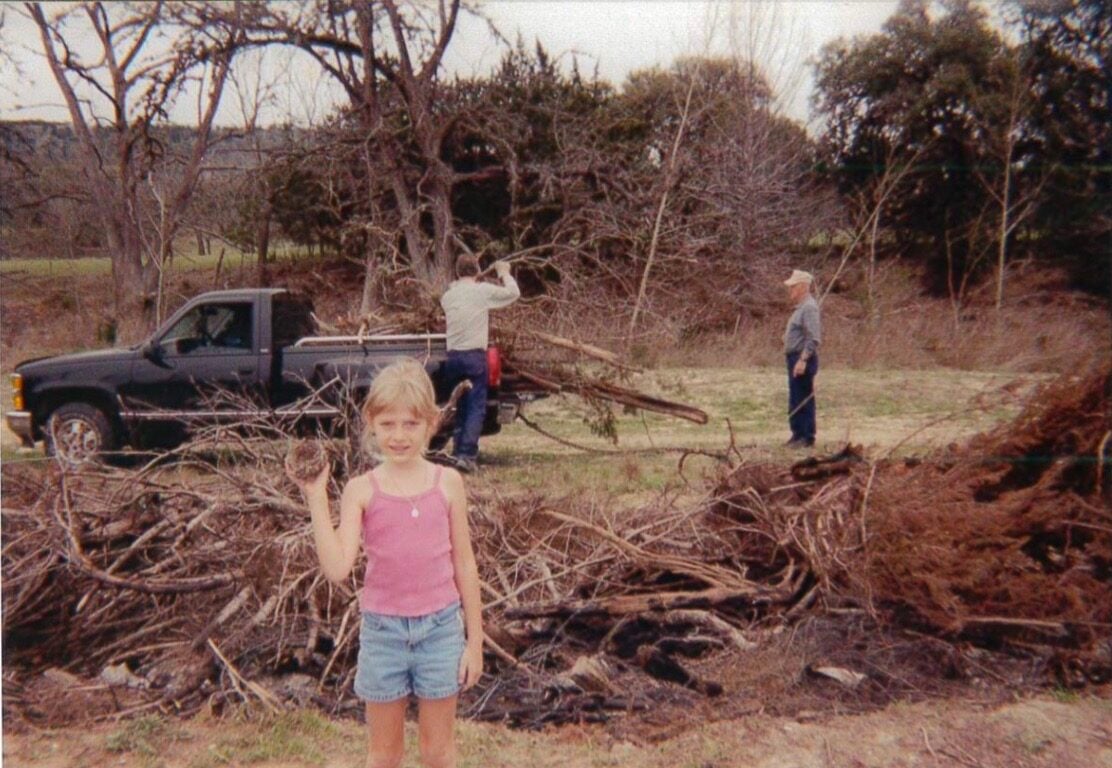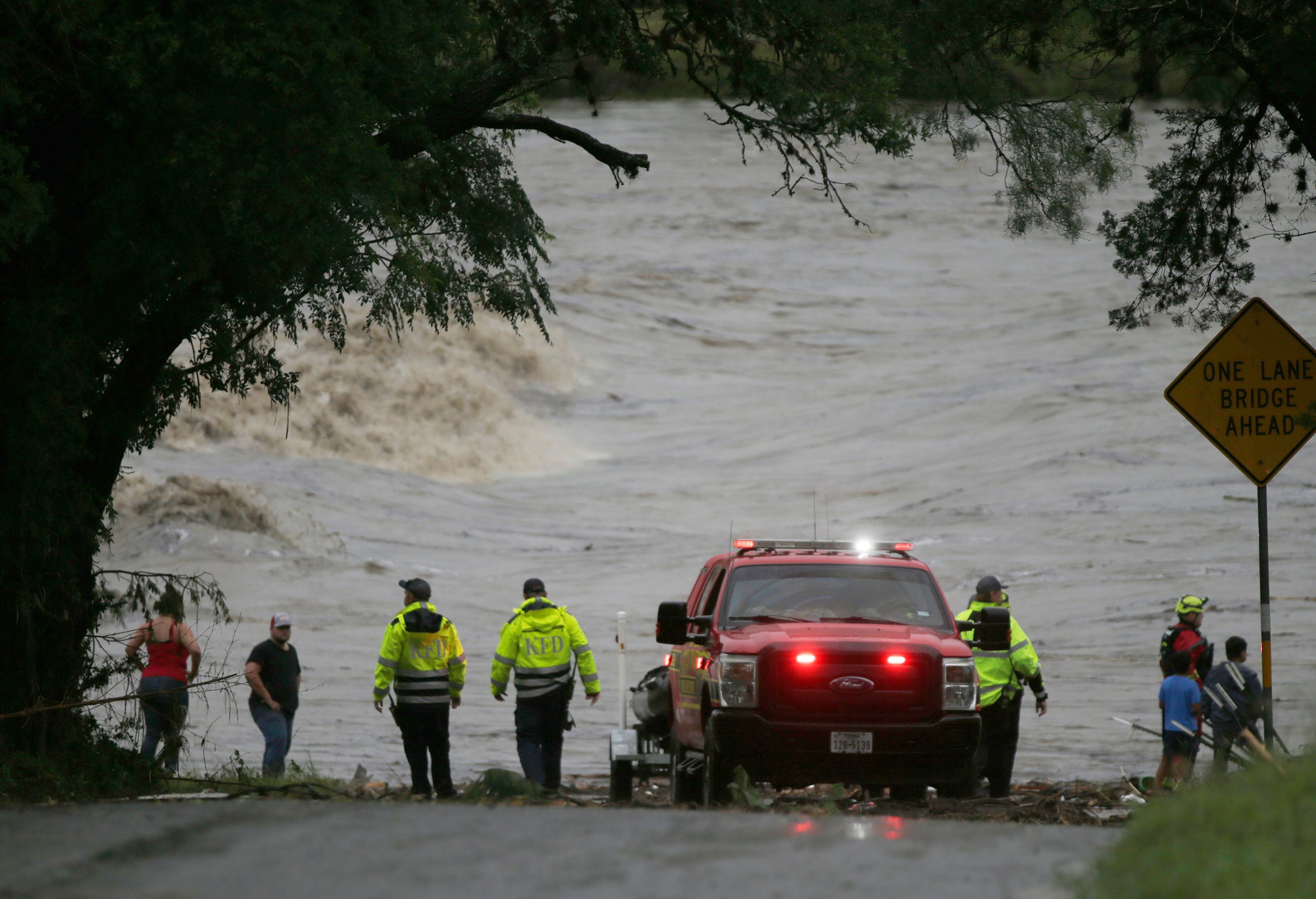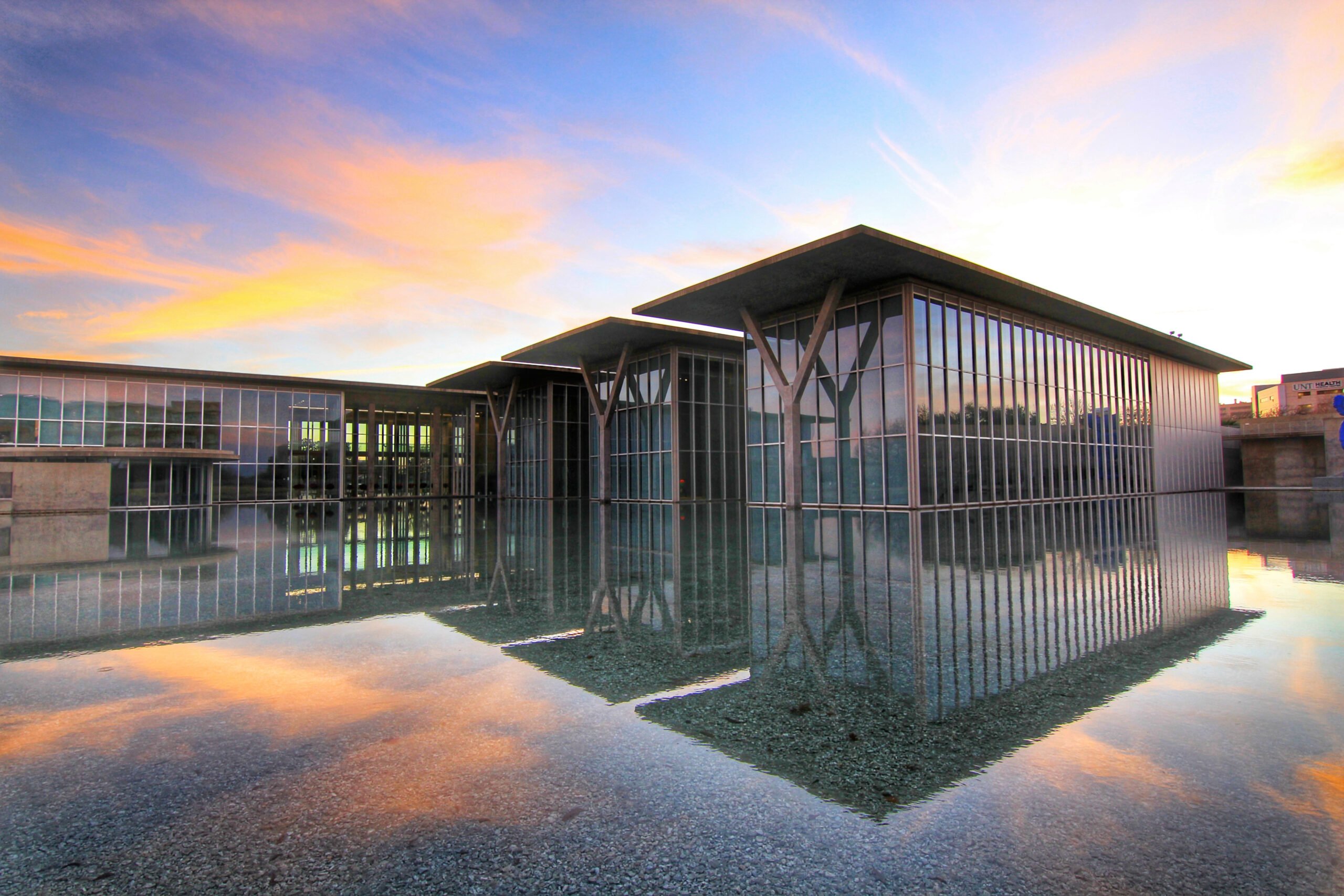The Last Minstrel Show

Mt. Enterprise
Back then, it was still thought ok to blacken your face, whiten your lips, talk in exaggerated accents, play music and tell jokes about how lazy and carefree black folks were. How their main preoccupation was avoiding work and going fishing, something a large number of white men I knew made a career of.
This time was not that long ago—the early ‘60s—and it was all part of the Jim Crow South, what I’ve heard some as recently as last week refer to as the good old days. It wasn’t all that good if your skin was dark.
I’m closing in on the 60-year mark, and I saw, if not the last minstrel show in East Texas, then one of the last. What’s most surprising is that I saw it in the auditorium of Mt. Enterprise school. The show was billed as a “Nigger Minstrel.” It was a sanctioned event made up of, and approved by, school personnel for people of all ages, as long as they were white. It was a highly anticipated occasion, and no one saw a damn thing wrong with it. Me either, at the time. I didn’t have a clue that it was anything more than a night to listen to music and jokes at the expense of African Americans, then called “coloreds” in polite company. It was understood by white people that coloreds were an inferior group and subject to all manner of derision. There were some who said the show presented them in a more positive light than they were usually seen because it showed sanctimonious white folk that there was nothing funnier, or more harmless or more entertaining, than a “good nigger.” That billing was given to any black person thought to know how to comfortably play the game of life without appearing uppity in the presence of whites. It didn’t hurt if they could play the banjo or harmonica, or sing and dance a little.
There were also minstrel shows staged by black performers. These shows were for blacks and whites. Sometimes performers made their faces blacker and their lips white by using the same makeup white performers used. Among these African-American entertainers, the intent was primarily that of caricature. It allowed them to perform before white audiences for money and cram stereotypes down their collective white throats without them being any the wiser.
I never saw any African-American minstrel shows, but I heard about them from those who had. I certainly saw a white minstrel show. I saw it in a time when public places sported “white” and “colored” water fountains and restrooms, and when restaurants that served African Americans did so through a slot at a side or back window. Theaters had balconies for coloreds, and everything was designed to make sure whites didn’t have to mix, or even see, dark faces.
I’ve heard people today who damn well know better say the races got along just fine back then. This meant, of course, as long as African-Americans stayed in their place, acknowledged whites as superior, and the races didn’t mix. This was especially true if it had anything to do with romantic relations between blacks and whites, particularly white women and black men, as this was thought akin to bestiality.
This was a time when a grown African-American man was referred to as “boy” and was expected to step off the sidewalk if a white woman walked by. Heaven help him if his eyes might stray to a white woman’s passing ass. This was the sort of thing that could cost him a beating, and in some places throughout the South, worse—castration and burning and hanging. Such events often were commemorated with a photo to be copied and placed on postcards as souvenirs of good times.
I remember my father, a man who was otherwise my hero, not thinking anything of tossing “nigger” around as casually as “hey there.” He wasn’t the only one, and there were those who considered themselves more enlightened who used the word “nigra” as a kind of upper-level form of the more common usage. They wouldn’t quite go the whole hog to identify African Americans as Negroes, which was considered a Yankee term and therefore suspect. It seemed the Civil War had ended only the day before, with unhappy results.
When I saw this minstrel show I’m telling you about, I was 10 or 11. I remember the event well. White men came out on the stage in what they thought of as riverboat garb—white shirts with elbow garters, vests and bowler hats, their faces painted up, playing instruments and prancing around the stage, pausing to tell jokes about how slothful and ignorant they were and how their women were such shrews, or worse. After a few jokes, they would break back into a lively tune, banjo thrumming, dancing about on the stage.
As I said, none of this hit me in a bad way at the time. I was young. I didn’t know the basis of the entertainment and that certain views about African Americans were stereotypical. Sadly, like many growing up where I grew up, I thought this was merely the way things were and that the minstrel show was a realistic representation of the darker part of our population.
The show was a great success and was soon set for another performance. The community, which was a little over a hundred people at that time, was buzzing. Considering the town was so small, there was little to buzz about, so this was to some degree understandable. The time neared. Tickets were sold, performers were ready. But … it was canceled.
That damn President Lyndon Johnson had made it wrong to do such things, to deprive upstanding Southern whites of their legacy of humiliating African Americans for laughs and dollars.
I remember being disappointed. All I knew at that age was that I liked the music and the costumes, though I was never sure why it was supposed to be funnier and more entertaining with the performers wearing blackface.
I remember that not long after the show was canceled, we were driving back to Mt. Enterprise after visiting relatives in Tyler, and a rain storm came up. It blasted our car so hard it nearly went off the road. We pulled over for a while to let it pass or at least subside. I was frightened by the whole thing, the way the rain hit the roof and windshield, the sound of it, the vibration of the car, which before this I had thought of as too large and powerful to be bothered by rain.
Finally the storm lessened. We started out through a weaker, but still fierce, downpour. Beside the road we saw a car. It was a black man, and he had the hood up, looking at the engine. He was being pounded by rain, and there was a woman in the car, and some children. Our car was old, and we were poor, but I looked at that man and his car and his family and thought: They are poor people.
Daddy said, “I better stop and help those niggers.”
Actually, we passed them, as did some other cars, and Daddy had to turn around and go back. He parked behind their car, got out and spoke to the man working beneath the hood. After a moment, Daddy came back, got his tools out of the trunk—I should add his profession was mechanic—walked back and got down on his back on the ground under the front of the car, water running over him like he was in a Colorado rapids, and began to work. I have no idea what he did under there, but it seemed to me he was beneath that car for a long time.
When he finished, Daddy asked the man to start the car. It fired up, and the man went to thanking Daddy profusely. Daddy, wetter than a fish, got back in our car, his hat washed down on the sides, his body shivering. Knowing my father’s unkind racial views, I said, “Daddy, why did you help them?”
I remember that he seemed embarrassed, as if he had been caught with his pants down standing on a stool behind a donkey.
“Them kids was in the car, and he didn’t know what he was doing,” Daddy said. “I had to do something.”
It was then that I think I knew that even most racists, somewhere deep down, recognize human misery when they see it. It may not have been a eureka moment for me, but it was a small straw laid on an old platform, and in time there were other straws. Eventually, thank goodness, enough of them were added so that the structure of hypocrisy and lies broke down and fell away.
Joe R. Lansdale lives in Nacogdoches. His latest novel is Devil Red.


